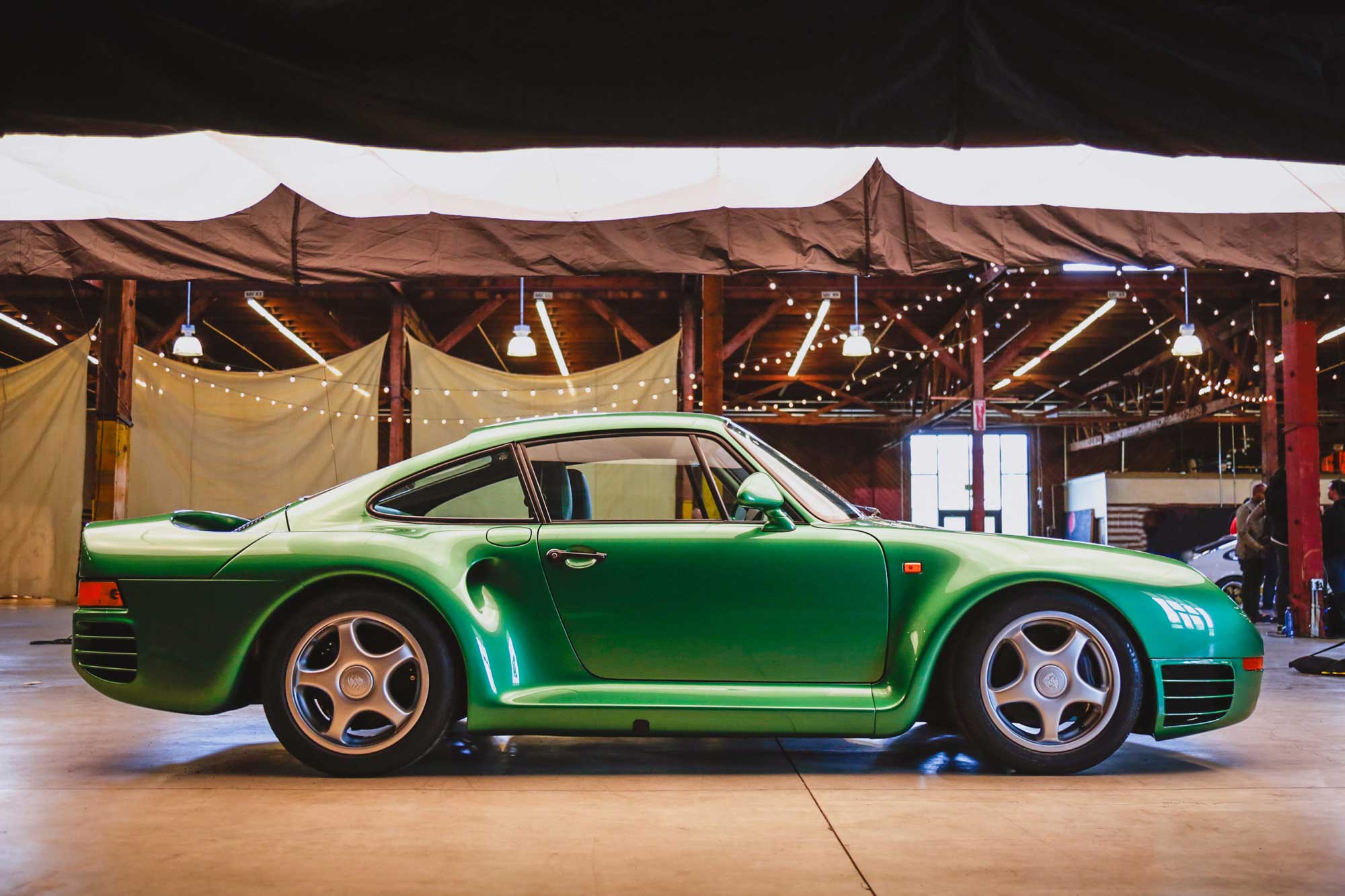How 3D Printed Car Parts are Revolutionizing the Car Industry
Enthusiasts and manufacturers increasingly rely on 3D printing to make small batches of parts.
 Shutterstock
Shutterstock
3D printing emerged in the late 1980s, but it took several decades for the machines to become small and affordable enough for hobbyists to use. As the number of people who own a 3D printer grows, so does the selection of items available to print.
For car enthusiasts, 3D printing can be a boon: It provides the ability to design and make parts and accessories that are either not available from traditional vendors or costly. In turn, the technology has created a new sector of the aftermarket that's relatively inexpensive and accessible.
3D Printers Can Produce Aftermarket Products Faster and Cheaper
3D printing can offer several advantages, such as rapid prototyping, fewer expenses, and the ability to print and customize an item on demand. Generally, 3D printing is better suited to small-batch production than plastic injection molding is, partly because it's a technology that does not require a mold. The only hardware required beyond the printer itself is a roll of printing filament.
Other accessories fit specific models: Users can download the files to print a
3D printing remains more complicated than, say, printing out a wiring diagram on plain paper because a number of parameters need to be set correctly to obtain a quality part. Vendors on several online platforms (including forums) sell 3D-printed car parts for novice printers and enthusiasts who don't own a 3D printer.
Several aftermarket companies also leverage the benefits of 3D printing. Printer manufacturer Ultimaker noted that hot-rod builder Tucci Hot Rods uses the technology to make parts for some of the cars it builds, including a Ford Fiesta ST displayed at the 2016 SEMA show.
 Manuel Carrillo III | Capital One
Manuel Carrillo III | Capital One
3D Printing Facilitates Automotive Restoration
Some restoration shops and parts vendors rely on 3D printing to make components that carmakers no longer produce. Poland-based
"Thanks to rapid prototyping, we can quickly and easily apply changes to the project and create elements in a shorter time. At the same time, we can significantly improve the fit of the printed elements to the already existing equipment," Alfa Project said in an article by 3D manufacturer, Zortrax.
Ford's Adoption of 3D Printing Technology
Ford has done more to encourage the adoption of 3D printing than most of its peers and rivals. It lets Maverick owners 3D-print a wide range of parts compatible with the Ford Integrated Tether System, which it describes as "a series of slots at the rear of the center console and the under-seat storage bins designed to be used with accessories."
Thingiverse lists several Maverick-compatible parts, including a trash-bag holder, a cupholder, an umbrella holder, and even a small tray designed to hold six chicken nuggets and a sauce container. Alternatively, owners can download CAD files corresponding to the center console and the under-seat storage and use them to design their own accessories.
3D-printed accessories for Ford products are also available on online platforms such as
Integration of 3D-Printed OEM Parts
Car manufacturers are gradually integrating 3D printing into their research and development efforts. Porsche began selling a customizable bucket seat made with 3D-printed car parts in October 2021, and it invested in Chinese 3D printing specialist INTAMSYS in December 2021 to explore additional ways to bring the technology into the automotive industry.
3D printing can allow carmakers to resume production of parts that are no longer available. Porsche's Classic division offers a 3D-printed clutch release lever for the 959, and Mercedes-Benz's catalog of classic parts includes 3D-printed car parts as well.
Paris-based Peugeot makes a range of 3D-printed car accessories for the 308 hatchback, including phone and sunglasses holders. It explained that 3D printing increases flexibility and reduces development costs.
BMW is another pioneer in the field of 3D printing. It began experimenting with the technology in 1990 and 3D-printed the mounting bracket for the i8 Roadster's roof. It noted that the 3D-printed part weighs less and is stronger than an identical component made with a more traditional manufacturing method.
Written by humans.
Edited by humans.
 Ronan Glon
Ronan GlonRonan Glon is an American journalist and automotive historian based in France. He enjoys working on old cars and spending time outdoors seeking out his next project car.
Related articles
View more related articles